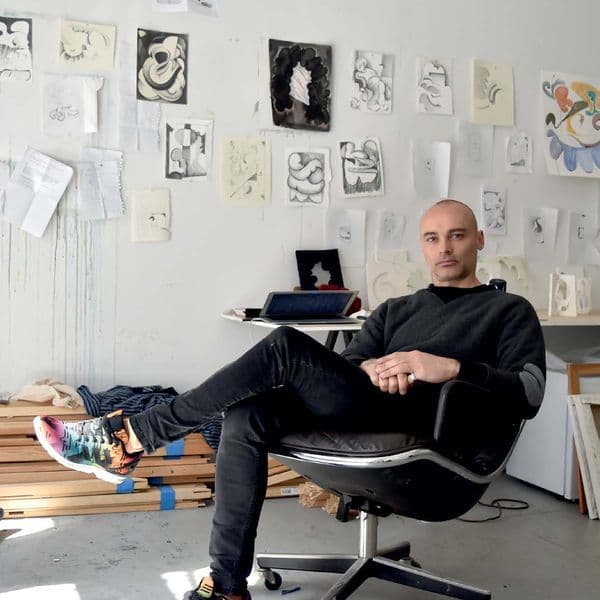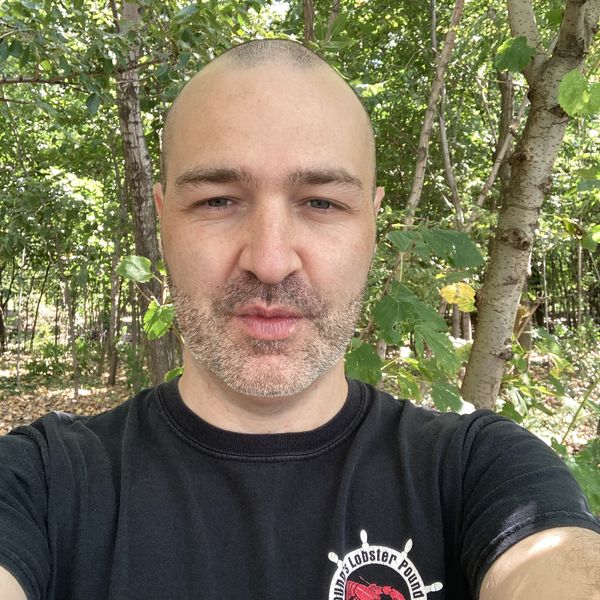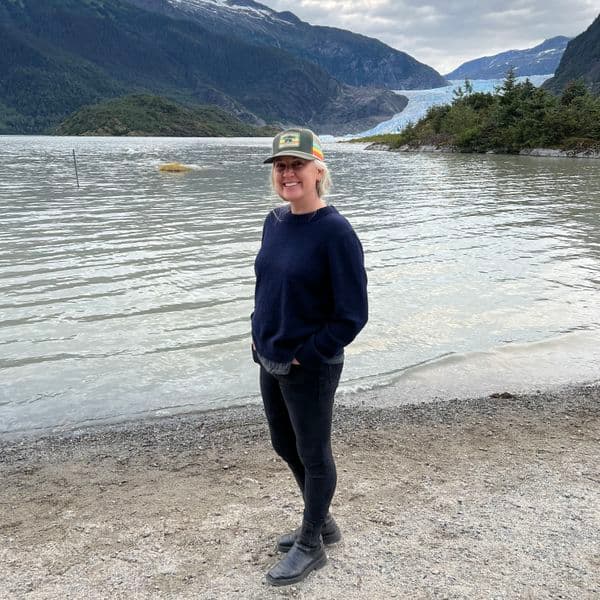Caitlin Breare
2012 AUSART Fellow/Scholar

Caitlin Breare Conservator of Paintings cleaning Rembrandt Harmensz. van Rijn (studio of) Rembrandt 1660s, RRP IV 21 (workshop), National Gallery of Victoria, Melbourne, Felton Bequest, 1933 (104-4) © Image courtesy National Gallery of Victoria, Photographer: Selina Ou
Caitlin Breare completed a Masters of Art History and Archaeology and an Advanced Certificate in Conservation at the Institute of Fine Arts (IFA), New York University (NYU). This double degree took four years – and the latter is now awarded as a Master of Conservation. Breare is now Conservator of Paintings at the National Gallery of Victoria (NGV) in Melbourne.
When did you first become interested in painting conservation as a career?
I completed a double degree in Art/Science for my undergraduate studies, and while art conservation requires skills in science, art history and studio arts, I didn't know much about it until my final year. As I learned more about what the field involved, I realized it was something that was very appealing to me and which tapped into all my interests. I love that this field requires both a sharp mind and steady hands, and seamlessly brings together art and science.
What does a painting conservator do?
We work to preserve paintings for the future. This includes activities that prevent or slow deterioration, such as modulating environmental conditions, and more direct interventions to address condition issues, such as setting down flaking paint or removing degraded varnish. This requires an in-depth understanding of painting materials, including how they age and deteriorate, as well as techniques. Technical and art historical research are integral to the process.
What are some of the techniques, tools and materials you employ in your work?
A common technique is x-radiography, one of the earliest and still most useful analytical techniques used to learn about a painting's material condition and construction. As well as showing hidden damage and restoration, it can sometimes reveal when the artists has made changes to the composition during the painting process. We use a mobile medical unit of the kind you would see in a hospital. Our toolkits include tiny sable hair brushes, ophthalmic scalpels – and the humble bamboo skewer. We favour materials that are stable and reversible, including a varnish resin co-developed by my NGV colleague Carl Villis, Senior Conservator of Paintings, and scientists at CSIRO that has the aesthetic qualities of varnish used in past centuries, but is less prone to discolouration and can be easily removed.
Can you briefly explain what your double degree at the IFA entailed?
The course involved three years of coursework in conservation – both theory and practice – and art history, followed by a nine-month internship at a cultural heritage institution, which I undertook at the Fine Arts Museums of San Francisco. I also completed internships throughout the first three years, including conservation placements at the Prado Museum, Madrid, the Art Institute of Chicago, the Museum of Modern Art, New York, Villa la Pietra in Tuscany and an archaeological dig at Aphrodisias, Turkey.
What was most inspiring about your time studying at the IFA?
Having ready access to the most fantastic range of art collections in New York City had a real impact when studying conservation, which is very object-focused and relies on being able to examine works in person. Many of my classes took place within these institutions, often taught by the staff who worked there and had deep knowledge of those collections. The professors at the IFA were also incredible. The institution has a long and distinguished history of teaching both art history and conservation, and the passion and expertise of the teaching staff was second to none.
How did the AusArt Fellowship support your study and research endeavours while in the US?
I was honoured to be the inaugural AusArt Fellow, and for the support for conservation, which is integral for preserving and understanding our collective cultural heritage. My studies would not have been possible without the financial support from this fellowship. There was also the added bonus of making connections with other Australians in the US through the American Australian Association.
'I was honoured to be the inaugural AusArt Fellow, and for the support for conservation, which is integral for preserving and understanding our collective cultural heritage. My studies would not have been possible without the financial support from this fellowship. There was also the added bonus of making connections with other Australians in the US through the American Australian Association.'
What did you experience or have access to while studying in the US that you couldn’t have experienced or accessed in Australia?
The conservation profession is much larger in the US, where it has a longer history, and as a student this means more access to specialist expertise and learning opportunities. The arts environment in NYC combined with the learning environment at the IFA was like nowhere else, and the support structure for internship placements to build both practical experience and a professional network is not something that would have been possible in Australia.
How did studying in the US help expand your professional network?
Conservation is a very collaborative field where you rely on your professional network. The ability to reach out to contacts who have experience working on paintings by the same artist or school, or who have found solutions to the same treatment problem, is invaluable. I am either reaching out to the network or responding to their queries on a weekly basis, and am involved in collaborative research projects as well.
Your area of speciality is old master European painting. How did this come about?
This interest began during my undergraduate art history studies in Australia, and continued during my experiences at NYU – the Kress Program in Paintings Conservation, in particular, where I treated Italian old master paintings from the Kress Collection and also undertook placements in Spain and Italy.

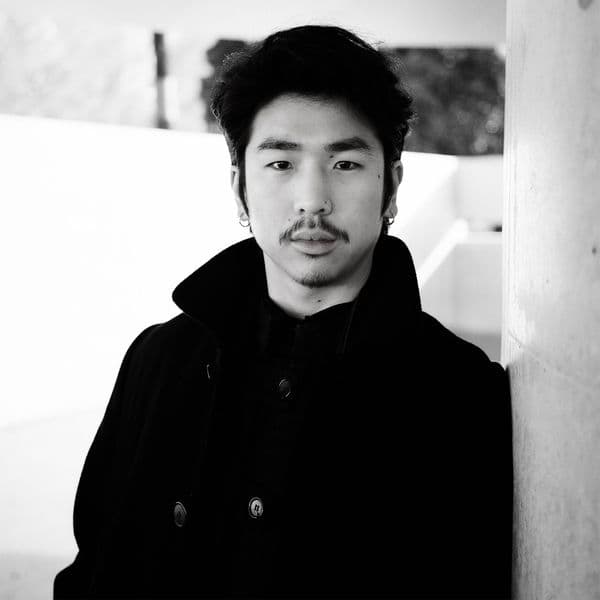
///national-gallery-of-australia/media/dd/images/Ihab_S_Balla.jpg)
///national-gallery-of-australia/media/dd/images/Pip_Mott_by_Jesse_Hunniford.jpg)
///national-gallery-of-australia/media/dd/images/Guy_Grabowsky_Portrait_by_Hugh_Davies.jpg)
///national-gallery-of-australia/media/dd/images/Kai_Waskikowski_by_Joe_Brennan.jpg)
///national-gallery-of-australia/media/dd/images/Nicholas_Smith_photo_by_Vivian_Nilan_tsKjo2j.jpg)
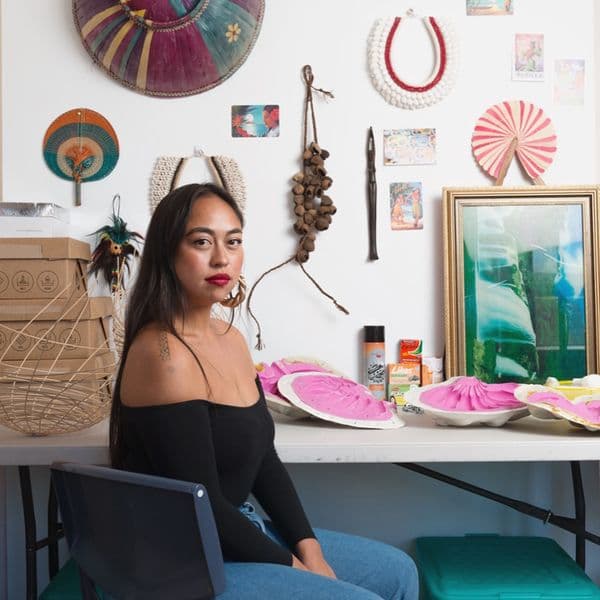
///national-gallery-of-australia/media/dd/images/Nicholas_Crogan.JPG)
